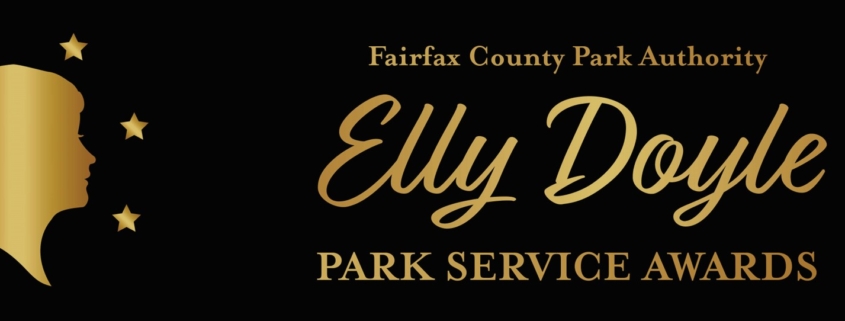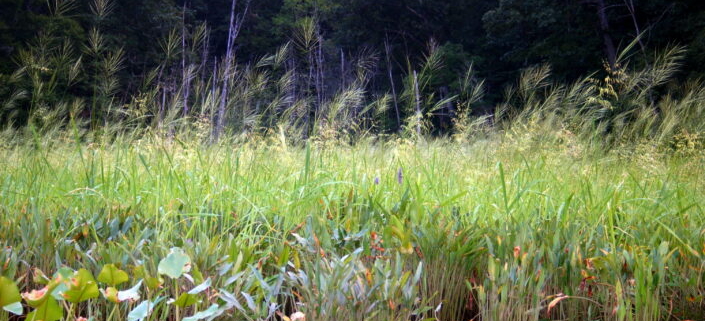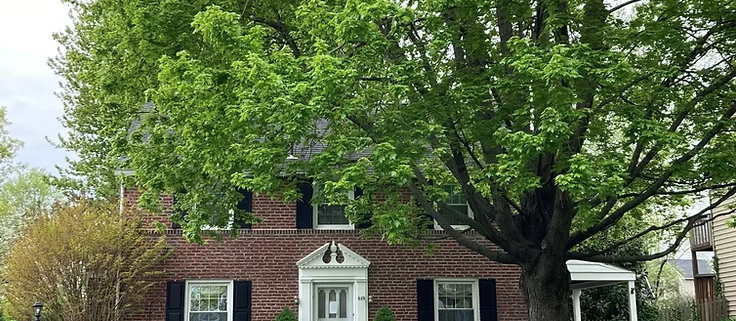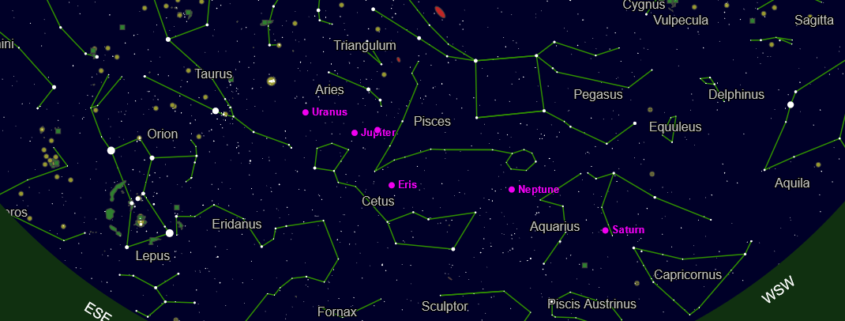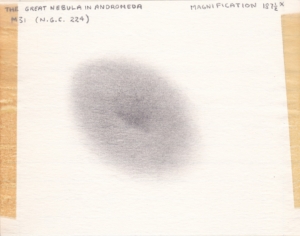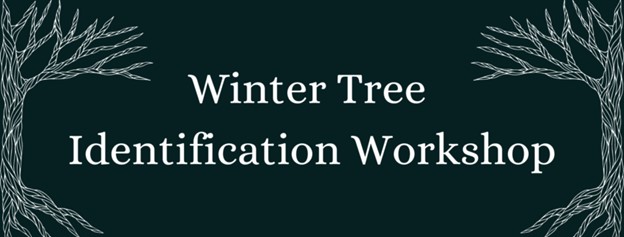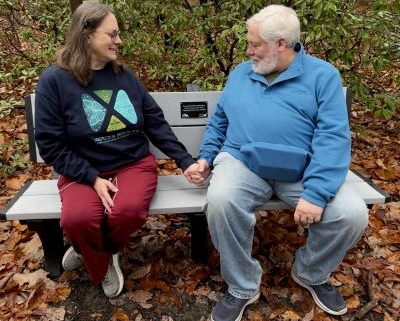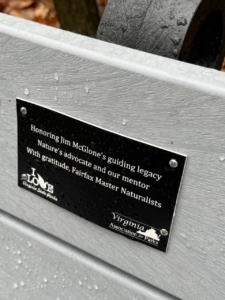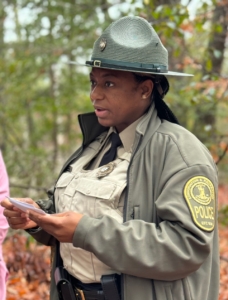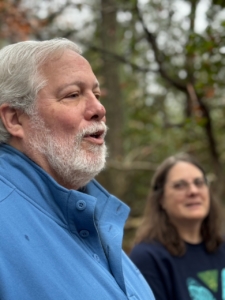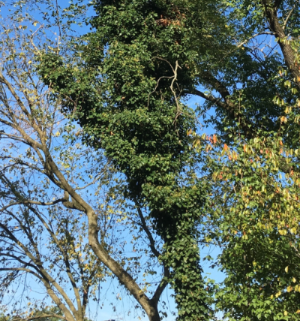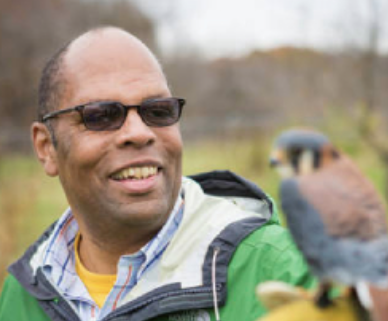Elly Doyle Park Service Awards 2023 – Early Detection Rapid Response Team
FMN Betty Hoblitzell has been a Fairfax Master Naturalist since 2013 but her dedication to habitat restoration and a long-term commitment to Fairfax County Park system goes back longer. She has worked with the Rapid Response Team for 13 years, attending some of the first organizational meetings in 2010.
According to the National Park Service the Early Detection and Rapid Response (EDRR) program finds new populations of certain invasive species through methodical surveys as they are starting to invade an area and then eradicates them before they cause serious ecological harm in county parks. The concept EDRR is fundamental to effective invasive species management. The program adds information to Early Detection and Distribution Mapping System (EDDMapS) that tracks invasive species across the country.
Invasive plant species are known for their stealth, quietly invading neighborhood parks, a meadow or woodlands area, overwhelming native plants and before you know it, taking the place over. To combat this aggressive behavior, the Early Detection Rapid Response Team was developed and is ready to go on short notice, leading surveys for the Park Authority’s Invasive Management Area program and determining the appropriate actions.
At the core of this innovative approach are three volunteers including FMN Betty Hoblitzell who have demonstrated their ability, knowledge of the environment and amazing dedication to the Park Authority. They spend many hours engaged plant specific surveillance throughout the 24,000-acre park system. Post survey, they report on invasive density, removal efforts, volunteer or contractor treatment options and create a rough map of the infested area.
In the past year, these three committed volunteers have given more than 225 hours to Rapid Response teamwork, covering more than 200 acres in a matter of months. Their work has curbed wavyleaf basket grass incursions, as well as multiflora rose, stopping the spread early to conserve time, money, and other resource management tools.


